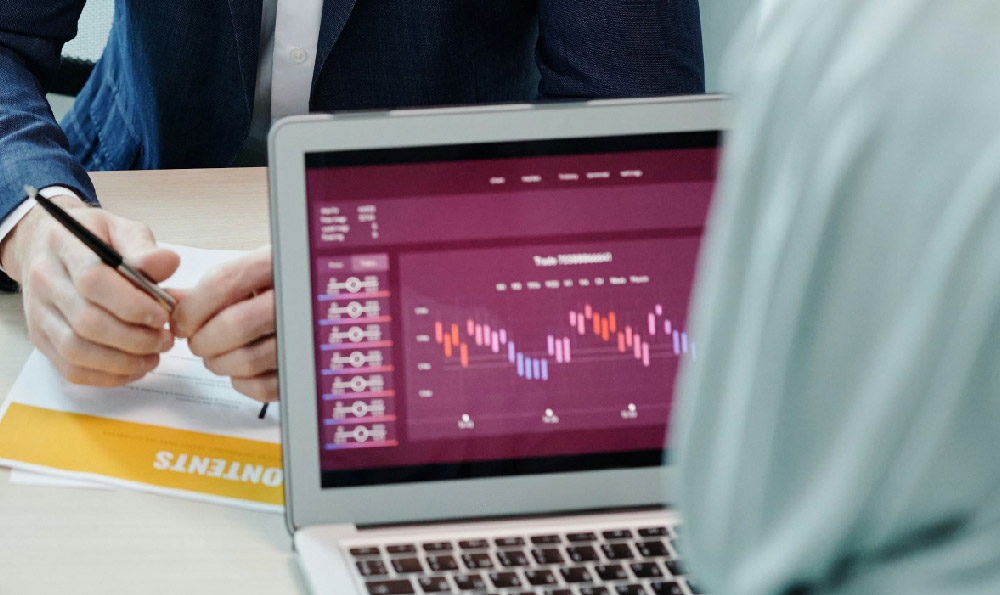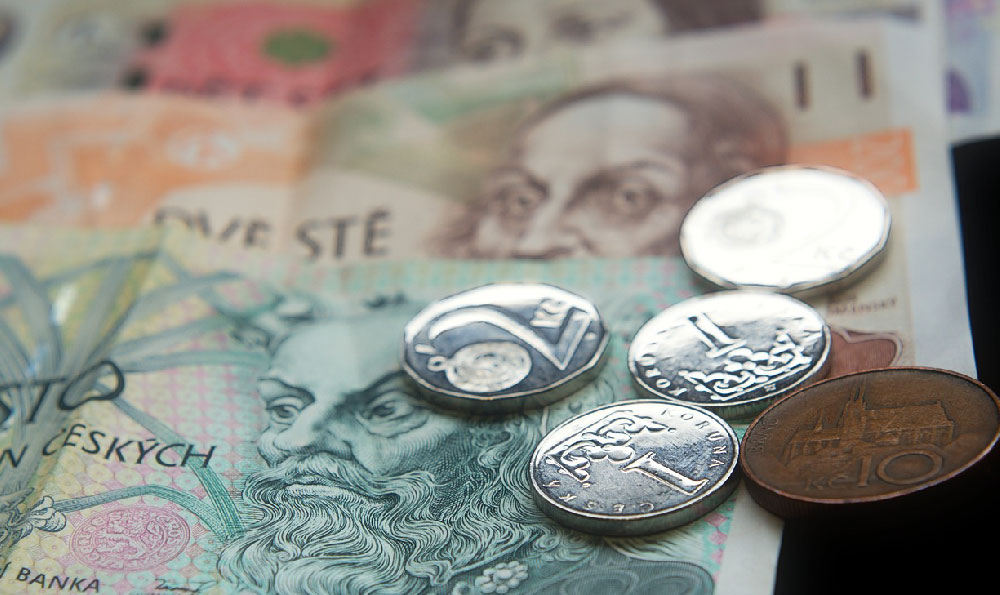Can You Swap USDT to BNB in Trust Wallet? Is Keepbit Platform Secure?
Let's delve into the intricacies of swapping USDT for BNB within Trust Wallet and assess the security of the Keepbit platform. Navigating the cryptocurrency landscape requires a keen understanding of available tools, processes, and potential risks. We'll explore each topic in detail, providing a comprehensive overview to help you make informed decisions.
Swapping USDT to BNB in Trust Wallet: A Step-by-Step Guide and Important Considerations
Trust Wallet, a popular mobile cryptocurrency wallet, allows users to store, send, receive, and swap various digital assets. The ability to directly swap tokens within the wallet streamlines the trading process, eliminating the need to transfer funds to centralized exchanges in many cases. Therefore, the answer to whether you can swap USDT to BNB in Trust Wallet is generally yes, but with caveats.

The functionality depends on several factors, primarily the availability of liquidity pools and the gas fees associated with the transaction. Trust Wallet integrates with decentralized exchanges (DEXs) or liquidity aggregators to facilitate token swaps. These platforms rely on Automated Market Makers (AMMs) like PancakeSwap or Uniswap (depending on the blockchain) to provide liquidity.
Here’s a breakdown of the process:
-
Ensure you have sufficient USDT in your Trust Wallet: Before initiating the swap, verify that you have enough USDT to cover the desired amount of BNB and any associated fees.
-
Select the 'Swap' function: Within the Trust Wallet app, navigate to the 'Swap' option, usually found at the bottom of the screen.
-
Choose USDT and BNB: Select USDT as the token you want to exchange (the 'From' token) and BNB (Binance Coin) as the token you want to receive (the 'To' token).
-
Enter the desired amount: Input the amount of USDT you wish to swap. The app should automatically calculate the estimated amount of BNB you'll receive, taking into account current market rates and slippage.
-
Review the transaction details: Carefully review the transaction details, including the exchange rate, network fees (gas fees), and the expected slippage. Slippage refers to the difference between the expected price and the actual price you receive due to market fluctuations during the transaction. High slippage can result in receiving less BNB than initially anticipated.
-
Approve the transaction: If you are satisfied with the transaction details, approve the transaction within Trust Wallet. This typically involves confirming the transaction with your passcode or biometric authentication.
-
Wait for confirmation: Once approved, the transaction will be submitted to the blockchain. The time it takes for the transaction to be confirmed depends on the network congestion and the gas fees paid.
Important Considerations When Swapping:
-
Gas Fees: Network fees, also known as gas fees, are required to execute transactions on the blockchain. These fees can fluctuate significantly depending on network activity. Be mindful of gas fees, especially during peak times, as they can eat into your profits or even make small swaps uneconomical.
-
Slippage: As mentioned earlier, slippage is the difference between the expected price and the actual price you receive. Setting an appropriate slippage tolerance is crucial. Too low, and your transaction might fail; too high, and you might receive significantly less BNB. Trust Wallet usually allows you to adjust the slippage tolerance.
-
Liquidity: The availability of liquidity in the USDT/BNB trading pair affects the price and speed of the swap. Low liquidity can lead to higher slippage and potentially slower transaction times.
-
Blockchain Network: Ensure you are using the correct blockchain network. USDT exists on multiple blockchains (e.g., Ethereum, Binance Smart Chain, Tron). Make sure you are swapping USDT on the same network as the BNB you intend to receive (usually Binance Smart Chain).
Keepbit Platform Security: A Critical Assessment
The security of any cryptocurrency platform is paramount, and Keepbit is no exception. Evaluating the security of a platform like Keepbit requires a multifaceted approach, considering its technical infrastructure, security protocols, and transparency.
While providing a definitive yes or no answer to the security of Keepbit without a thorough audit is irresponsible, we can analyze key factors that contribute to or detract from its security posture.
Factors to Consider:
-
Audits and Security Assessments: Reputable cryptocurrency platforms undergo regular security audits by independent third-party firms. These audits assess the platform's code, infrastructure, and security protocols to identify vulnerabilities. Check Keepbit's website for publicly available audit reports. The presence of recent, comprehensive audits is a positive indicator.
-
Security Measures: What specific security measures does Keepbit implement to protect user funds and data? Look for information on the following:
- Two-Factor Authentication (2FA): 2FA adds an extra layer of security to user accounts, requiring a second verification method (e.g., a code from a mobile app) in addition to a password.
- Cold Storage: Storing a significant portion of user funds in offline, cold storage wallets is a common practice to protect against online hacks.
- Encryption: Encryption protects sensitive data during transmission and storage.
- Regular Security Updates: A platform that regularly updates its software and security protocols is more likely to be resilient to emerging threats.
- Bug Bounty Programs: Bug bounty programs incentivize security researchers to identify and report vulnerabilities in the platform's code.
-
Transparency: A transparent platform provides clear information about its operations, security practices, and team. Lack of transparency can be a red flag.
-
User Reviews and Reputation: Research user reviews and online discussions about Keepbit. While individual experiences can vary, a consistently negative sentiment regarding security or reliability should raise concerns.
-
Regulatory Compliance: Is Keepbit compliant with relevant regulations in the jurisdictions where it operates? Regulatory compliance can provide an extra layer of oversight and accountability.
Red Flags to Watch Out For:
- Lack of Transparency: If Keepbit's website lacks information about its team, security measures, or audit reports, proceed with caution.
- Unrealistic Promises: Be wary of platforms that promise unrealistically high returns with little to no risk.
- Poor User Interface/Experience: A poorly designed and maintained platform can be a sign of unprofessionalism and potentially lax security practices.
- Limited Customer Support: Difficulty contacting customer support or receiving timely responses can be a warning sign.
Conclusion:
Swapping USDT for BNB in Trust Wallet is generally feasible, but requires careful consideration of gas fees, slippage, and liquidity. Always double-check transaction details before confirming.
Assessing the security of Keepbit (or any cryptocurrency platform) demands a thorough evaluation of its security measures, audits, transparency, and user reviews. Remember that no platform is entirely risk-free, and it's crucial to conduct your own due diligence before entrusting your funds to any cryptocurrency service. Consider using hardware wallets for long-term storage and only keep necessary funds on exchanges or platforms for active trading. Prioritizing security and responsible investment practices is essential for navigating the cryptocurrency landscape successfully.















